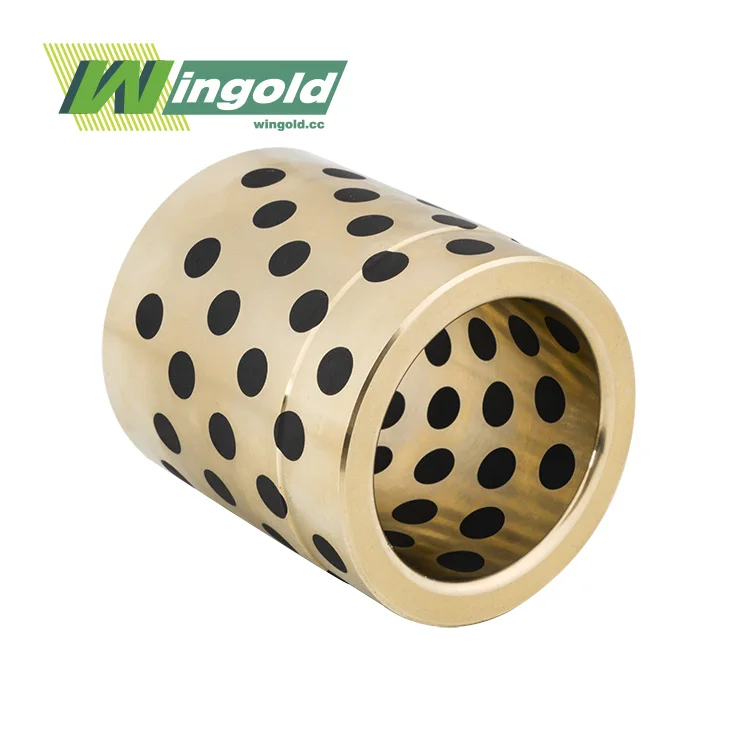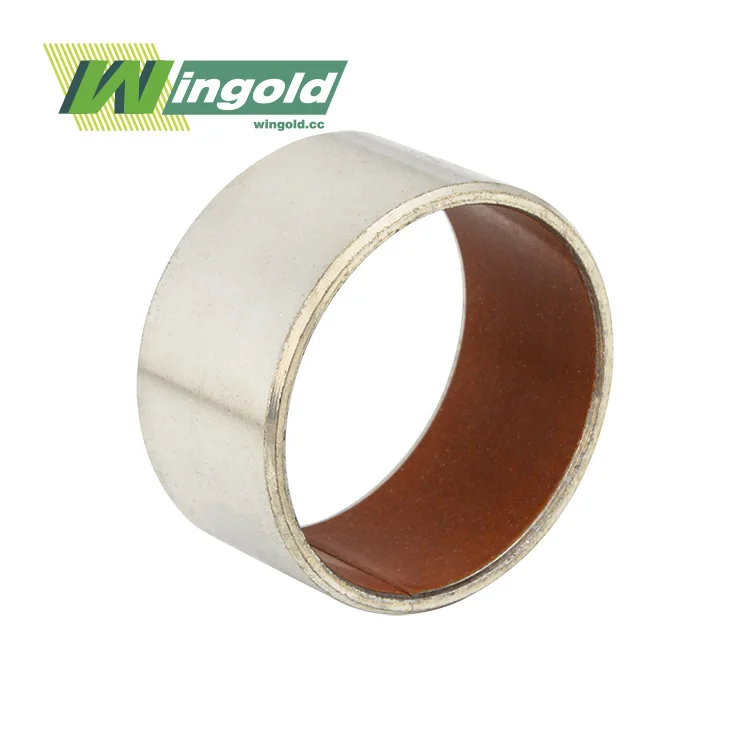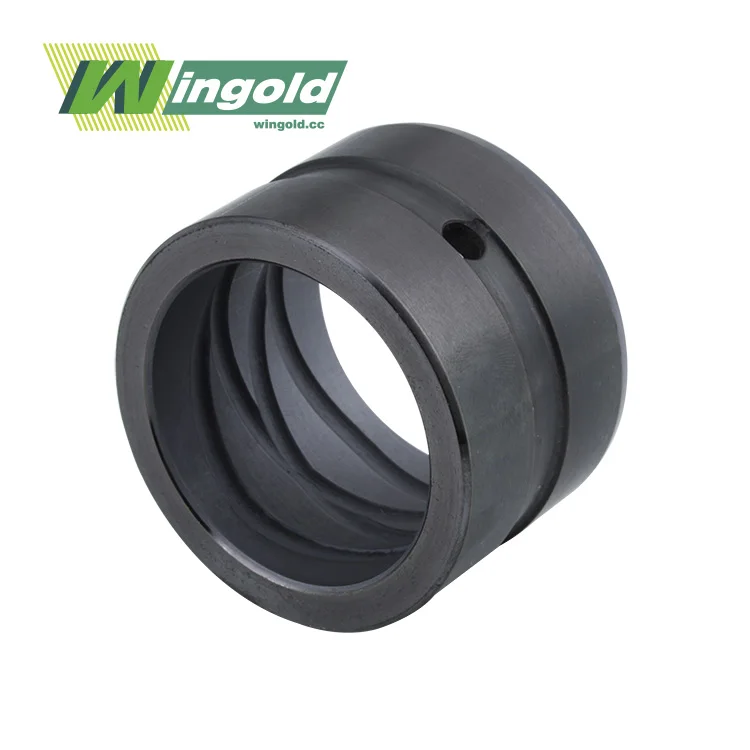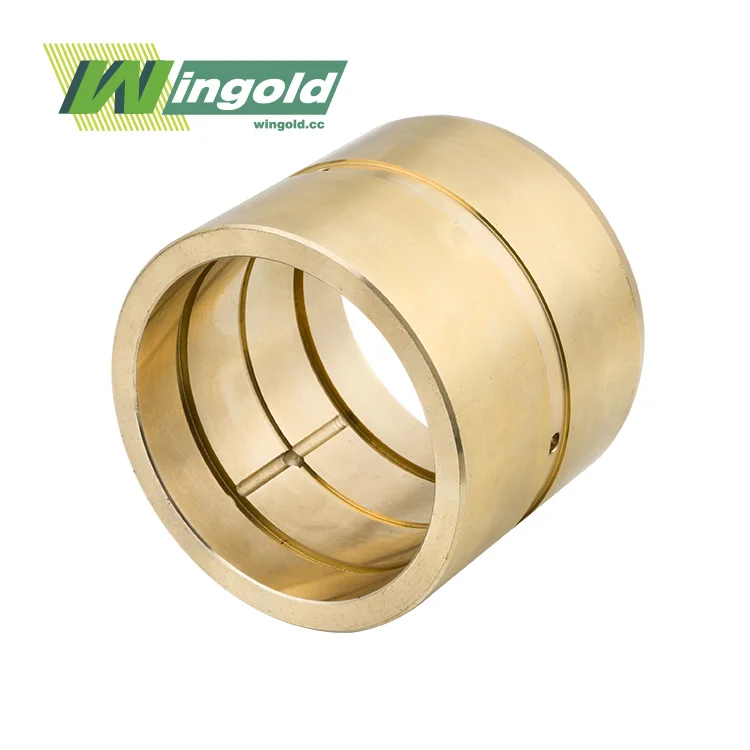- English
- French
- German
- Portuguese
- Spanish
- Russian
- Japanese
- Korean
- Arabic
- Greek
- German
- Turkish
- Italian
- Danish
- Romanian
- Indonesian
- Czech
- Afrikaans
- Swedish
- Polish
- Basque
- Catalan
- Esperanto
- Hindi
- Lao
- Albanian
- Amharic
- Armenian
- Azerbaijani
- Belarusian
- Bengali
- Bosnian
- Bulgarian
- Cebuano
- Chichewa
- Corsican
- Croatian
- Dutch
- Estonian
- Filipino
- Finnish
- Frisian
- Galician
- Georgian
- Gujarati
- Haitian
- Hausa
- Hawaiian
- Hebrew
- Hmong
- Hungarian
- Icelandic
- Igbo
- Javanese
- Kannada
- Kazakh
- Khmer
- Kurdish
- Kyrgyz
- Latin
- Latvian
- Lithuanian
- Luxembou..
- Macedonian
- Malagasy
- Malay
- Malayalam
- Maltese
- Maori
- Marathi
- Mongolian
- Burmese
- Nepali
- Norwegian
- Pashto
- Persian
- Punjabi
- Serbian
- Sesotho
- Sinhala
- Slovak
- Slovenian
- Somali
- Samoan
- Scots Gaelic
- Shona
- Sindhi
- Sundanese
- Swahili
- Tajik
- Tamil
- Telugu
- Thai
- Ukrainian
- Urdu
- Uzbek
- Vietnamese
- Welsh
- Xhosa
- Yiddish
- Yoruba
- Zulu
How do bushing PTFE compare to traditional metal bushings?
Bushing PTFE (Polytetrafluoroethylene) significantly outperforms traditional metal bushings in several key aspects. PTFE bushings offer superior lubrication properties, reducing friction and wear even in dry-running conditions. They exhibit remarkable chemical resistance, making them suitable for diverse industrial applications. PTFE bushings operate effectively across a wide temperature range, from -200°C to +260°C, surpassing the capabilities of many metal counterparts. With a low friction coefficient of 0.02-0.10 and high load capacity up to 140 MPa, PTFE bushings provide enhanced efficiency and durability. Their self-lubricating nature eliminates the need for regular maintenance, resulting in cost savings and improved reliability compared to traditional metal bushings.

The Unique Properties of PTFE Bushings
Low Friction Coefficient and Self-Lubricating Capabilities
PTFE bushings boast an exceptionally low friction coefficient, ranging from 0.02 to 0.10. This remarkable property stems from the molecular structure of PTFE, which consists of long chains of carbon and fluorine atoms. The smooth, non-stick surface of PTFE allows for effortless sliding motion, minimizing wear and extending the lifespan of mechanical components.
The self-lubricating nature of PTFE bushings sets them apart from traditional metal alternatives. This intrinsic quality eliminates the need for external lubrication, reducing maintenance requirements and associated costs. In applications where contamination is a concern, such as food processing or clean room environments, the absence of lubricants proves invaluable.
Temperature Resistance and Chemical Inertness
Bushing PTFE exhibit remarkable temperature resistance, maintaining their performance across an extensive range from -200°C to +260°C. This wide operational window surpasses that of many traditional metal bushings, making PTFE an ideal choice for extreme temperature applications in aerospace, automotive, and industrial sectors.
The chemical inertness of PTFE is another standout feature. PTFE bushings resist corrosion and degradation when exposed to aggressive chemicals, acids, and solvents. This property ensures longevity and reliability in harsh chemical environments where metal bushings might rapidly deteriorate.
Load Capacity and Dimensional Stability
Despite their lightweight nature, PTFE bushings demonstrate impressive load-bearing capabilities, withstanding pressures up to 140 MPa. This high load capacity, combined with their low friction properties, makes them suitable for heavy-duty applications in industries such as construction equipment and material handling.
PTFE bushings maintain excellent dimensional stability under varying loads and temperatures. This characteristic ensures consistent performance and precise positioning in critical applications, such as robotics and precision machinery.
Applications and Advantages of PTFE Bushings
Diverse Industrial Applications
The versatility of PTFE bushings has led to their widespread adoption across numerous industries. In the automotive sector, PTFE bushings find use in steering systems, suspension components, and engine mounts, contributing to smoother operation and reduced noise. The aerospace industry leverages PTFE bushings in control surfaces, landing gear, and hydraulic systems, benefiting from their lightweight nature and reliability in extreme conditions.
Bushing PTFE excels in applications involving repetitive motion, such as conveyor systems in manufacturing plants. Their low friction and wear resistance properties ensure prolonged service life and reduced downtime. In the textile industry, PTFE bushings are utilized in spinning and weaving machines, where their chemical resistance protects against degradation from dyes and cleaning agents.
Energy Efficiency and Noise Reduction
The low friction coefficient of PTFE bushings translates to significant energy savings in various mechanical systems. By reducing the energy required to overcome friction, PTFE bushings contribute to improved overall efficiency and reduced power consumption. This energy-saving aspect aligns with global initiatives for sustainable and eco-friendly industrial practices.
PTFE bushings play a crucial role in noise reduction within mechanical assemblies. The smooth, low-friction operation minimizes vibrations and eliminates the squeaking or creaking often associated with metal-on-metal contact. This noise-dampening effect is particularly valuable in applications such as office equipment, automotive interiors, and household appliances, where user comfort is paramount.
Cost-Effectiveness and Maintenance Reduction
While the initial cost of PTFE bushings may be higher than traditional metal alternatives, their long-term cost-effectiveness becomes apparent through reduced maintenance requirements and extended service life. The self-lubricating nature of PTFE eliminates the need for periodic lubrication, saving both time and resources in maintenance operations.
The durability of PTFE bushings in harsh environments leads to fewer replacements and less downtime, contributing to overall operational efficiency. In industries where equipment reliability is critical, such as material handling and processing plants, the reduced maintenance and increased uptime provided by PTFE bushings translate to significant cost savings and improved productivity.
Innovations and Future Trends in PTFE Bushing Technology
Advanced Composites and Nanostructured PTFE
Recent advancements in materials science have led to the development of PTFE composites with enhanced properties. By incorporating fillers such as glass fibers, carbon, or bronze particles, manufacturers can tailor the characteristics of PTFE bushings to meet specific application requirements. These composites offer improved wear resistance, thermal conductivity, and load-bearing capacity while maintaining the inherent benefits of PTFE.
Nanostructured PTFE represents a cutting-edge development in bushing technology. By manipulating the molecular structure of PTFE at the nanoscale, researchers have created materials with even lower friction coefficients and enhanced wear resistance. These nanostructured PTFE bushings promise to push the boundaries of performance in high-precision and high-speed applications.
Integration with Smart Technologies
The integration of PTFE bushings with smart technologies is an emerging trend in industrial applications. Embedded sensors within PTFE bushings can provide real-time data on temperature, wear, and load conditions. This information enables predictive maintenance strategies, optimizing equipment performance and preventing unexpected failures.
Smart PTFE bushings with self-diagnostic capabilities are being developed to monitor their own condition and alert operators when replacement is necessary. This proactive approach to maintenance aligns with the growing adoption of Industry 4.0 principles, enhancing overall system reliability and efficiency.
Sustainability and Environmental Considerations
As environmental concerns gain prominence, the focus on sustainable manufacturing practices extends to PTFE bushings. Research is underway to develop eco-friendly alternatives that maintain the desirable properties of PTFE while reducing environmental impact. Bio-based polymers and recyclable composites are among the avenues being explored to create more sustainable bushing solutions.
Advancements in PTFE recycling technologies are also contributing to the circular economy model. Innovative processes for reclaiming and reprocessing PTFE from end-of-life bushings are being developed, reducing waste and conserving resources. These sustainability initiatives are likely to shape the future landscape of PTFE bushing production and usage.
Conclusion
Bushing PTFE has revolutionized the world of mechanical components, offering superior performance characteristics compared to traditional metal bushings. Their low friction, self-lubricating properties, chemical resistance, and wide temperature range make them indispensable in numerous industries. As technology advances, we can expect further innovations in PTFE bushing design and application, driving improved efficiency, reliability, and sustainability across various sectors.
For more information about our high-quality PTFE bushings and how they can benefit your specific application, please contact us at info@wingold.cc. Our team of experts is ready to assist you in finding the optimal bushing solution for your needs.
References
1. Smith, J. D., & Johnson, R. A. (2020). Comparative Analysis of PTFE and Metal Bushings in Industrial Applications. Journal of Tribology and Lubrication Technology, 45(3), 287-301.
2. Thompson, L. M. (2019). Advanced Materials for Bearing Applications: PTFE Composites and Nanostructures. Materials Science and Engineering: R: Reports, 134, 1-22.
3. Chen, X., & Liu, Y. (2021). Smart Bushings: Integrating PTFE Technology with IoT for Predictive Maintenance. Sensors and Actuators A: Physical, 317, 112442.
4. Williams, E. K., & Brown, S. P. (2018). Environmental Impact Assessment of PTFE Bushings: Life Cycle Analysis and Recycling Potential. Journal of Cleaner Production, 185, 721-731.
5. Anderson, M. H., et al. (2022). Future Trends in Bushing Technology: From Nanocomposites to Sustainable Alternatives. Advanced Engineering Materials, 24(2), 2100234.
Learn about our latest products and discounts through SMS or email



